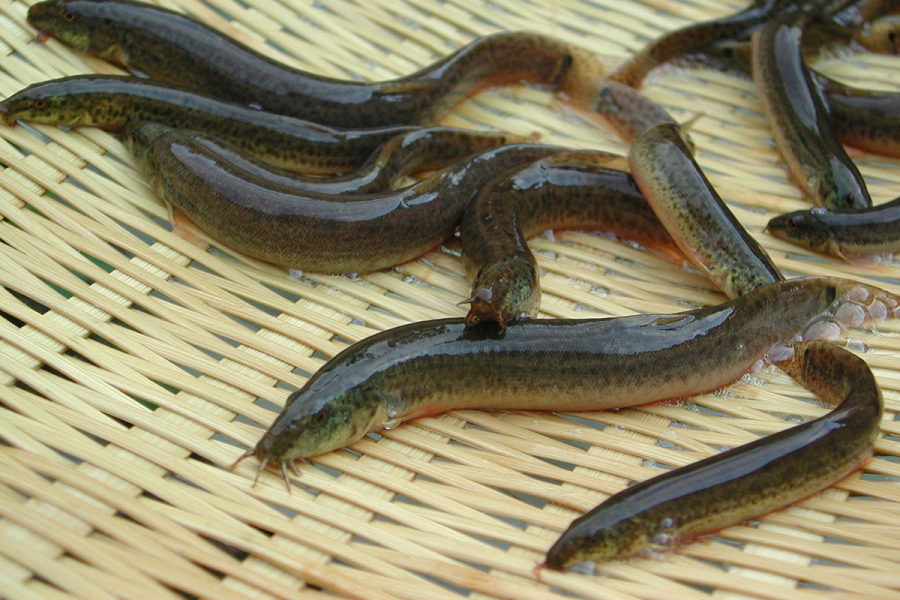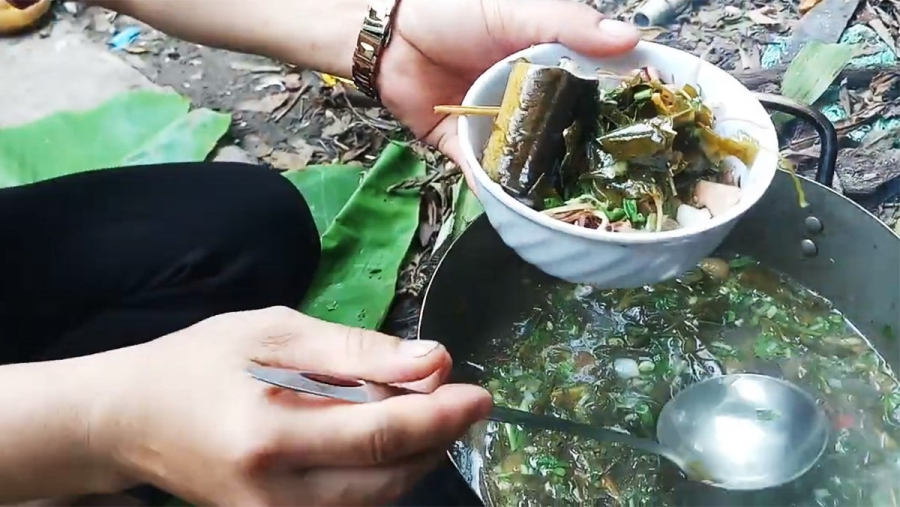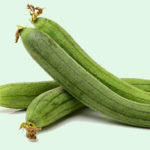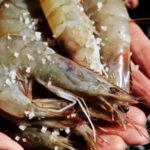Ca chach has high medicinal value and can supplement Qi and nourish the kidneys. From a modern nutritional perspective, ca chach is the champion of calcium supplementation in fish species, with nearly six times the calcium content of carp and around 10 times that of catfish of the same weight.
Benefits of ca chach
In traditional medicine, ca chach is also known as ne thu or thu ngu. It has a sweet taste, neutral nature, and the effects of invigorating the middle burner, dispelling dampness, relieving thirst, and sobering up. It is used to treat thirst (diabetes), impotence, viral hepatitis, hemorrhoids, and itching.

Ca chach is yellow, brown, or dark gray, with a darker back than belly. There are many spots on its body, each spot is made up of numerous smaller dots. There is a large black spot at the base of the caudal fin, and there are many black stripes on the fins. In the South, there is also a type of ca chach called “chach lau” – also a type of ca chach but very large, grilled, fried, or used in hot pot, it is delicious.
Ca chach contains 9.6% protein with non-replaceable amino acids, 3.7% lipids, 28 mg of calcium, 72 mg of phosphorus, 0.9 mg of iron, and various vitamins such as A, B1, B2… Ca chach can be processed into many delicious and nutritious dishes, especially those that nourish yang. In addition, ca chach also has medicinal effects.
Delicious dishes made from ca chach
Ca chach braised with sedge leaf is a delicacy of gourmets. But an even more “exquisite” dish is ca chach cooked with ginger leaves. Clean the fish, wash it thoroughly, and put it in boiling water. When the fish is cooked, add finely chopped young ginger leaves. Equally delicious is ca chach braised with turmeric. This dish makes the meal fragrant, flavorful, and even better for protecting the stomach, thanks to its turmeric content.

In the same family as ca chach, but larger, is chach lau (Mastacembelus armatus). Chach lau can be processed into many delicious dishes, but the “special trick” is grilling. Remove the fish’s internal organs, wash it thoroughly, and place it on a hot charcoal stove, turning it evenly until the fish is cooked.
The second grilling method is to place the fish on a hot coal stove to remove excess water, then bury the fish in hot ash until it is cooked, direct grilling. Both dishes are served with salted chili and buffalo horn chili. It is worth noting that when grilling, the fish should not be cut into pieces, even if the fish is large, as this will cause the fish to lose its characteristic flavor. However, there is still a more attractive grilling method. Choose live ca chach, scrape off the slimy layer on the skin, use a knife to slit the cucumber from top to bottom, stuff the fish into the cucumber tightly, then wrap it tightly with wire to keep the cucumber intact without cracking when grilling.
Use two fresh bamboo branches to stick into the ends of the cucumber, place it over a red hot charcoal stove, the cucumber’s sweet juice will seep into the fish. Use chopsticks to separate, pick up a piece of white fish meat, skillfully wrap it with raw vegetables, cucumber, and spicy green and red chili in a rice paper, then dip it in a bowl of sweet and savory tamarind fish sauce before eating. This dish will make your taste buds blissful!

For the dish “chach lau cooked with la giang leaves,” the fish must be cut into pieces, fried until golden before adding water to cook.
Ca chach contains higher levels of certain vitamins compared to other fish, such as vitamin A, C, and B vitamins. Regular consumption can improve the body’s immune function.



































